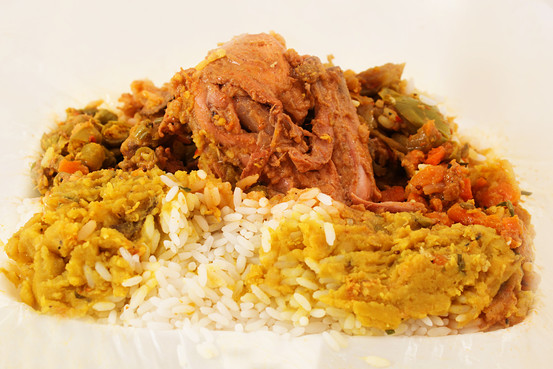The task of learning Tamil cuisine was my Everest once upon a time.
I spent a lot of time helping my mother cook as a child, was preparing breakfast for my family every morning by the time I was in grade seven, and could follow a recipe to the letter to make anything I wanted, but when it came to Tamil food, I was stumped.
You see, I always need a plan. I need to know exactly what has to be done before I do it. I need to be able to coordinate multiple tasks to ensure maximum efficiency. In fact, while cooking, I even make a point of looking through the Nutrition Facts labels to simultaneously optimize health benefits.
This particular nature made it all the more difficult for me when I realized that Tamil cuisine was very much about the senses. While I, who have taken a myriad of chemistry courses in the past, am rather procedural in the precise manner that I use lists and follow recipes, Tamil cuisine focuses instead on the experience. There is no set measurement regarding the amount of salt that is put into this curry or that. You don’t measure the amount of onions you slice, count out a specific number of curry leaves to wash, or quantify individual mustard or fennel seeds in teaspoons before tossing them into the pot. Instead, it is your intuition that is put to work as you ballpark these values in a trial and error fashion.
This makes for a very subjective process that puts quite a bit of responsibility onto the chef, as what is too salty for one may be tasteless for another. I suddenly understood why a lot of the Tamil adults with whom I came into contact often complained about high blood pressure.
While I do admit that the process of learning this particular form was long and gruelling, I can’t say that it isn’t something I appreciate. After all, there is something satisfying about being able to recreate a complex recipe without measurement tools or the need to second guess yourself. And because this process relies wholly on intuition, it is not something that anyone can just reproduce. It requires skill and practice and elicits a sort of pride when you burn two batches, over-salt three more, and forget to add enough water to a final batch before finally producing a dish that is decent enough to stomach.
We live in an ever-changing world, and things are not always going to be the way they were when we were young, or when our ancestors ruled the land. But I like the idea of being able to pass along to the next generation not only physical, but practical heirlooms—heirlooms that our ancestors used every day before us, when cuisine was much more than just grabbing a meal here and there.
If you care to see it this way, Tamil cuisine is an art form. It is our very own legacy, a secret of our ancestors passed down to family and wrapped up in that wicked crab curry my mother makes on special occasions.
Yum.







